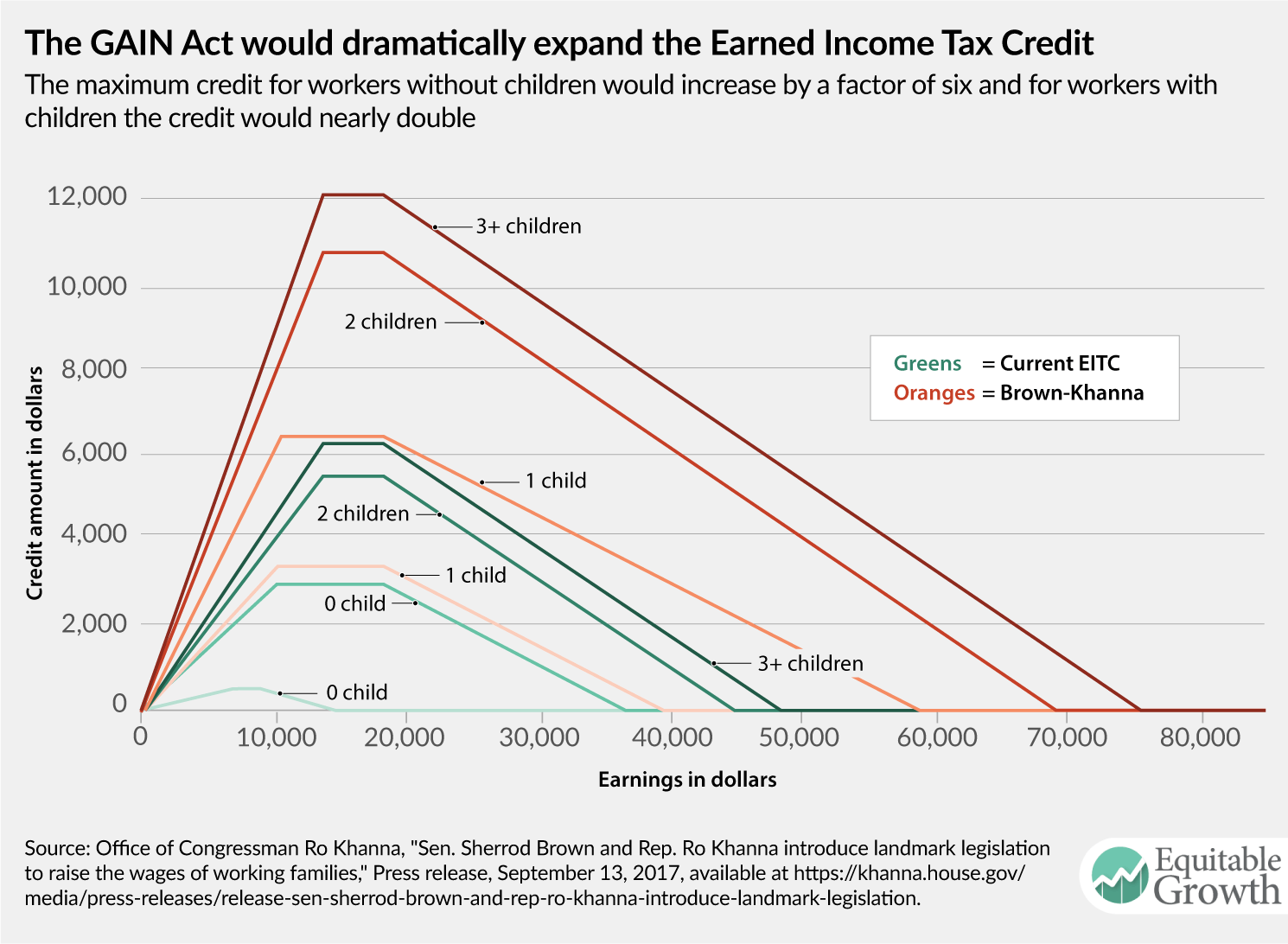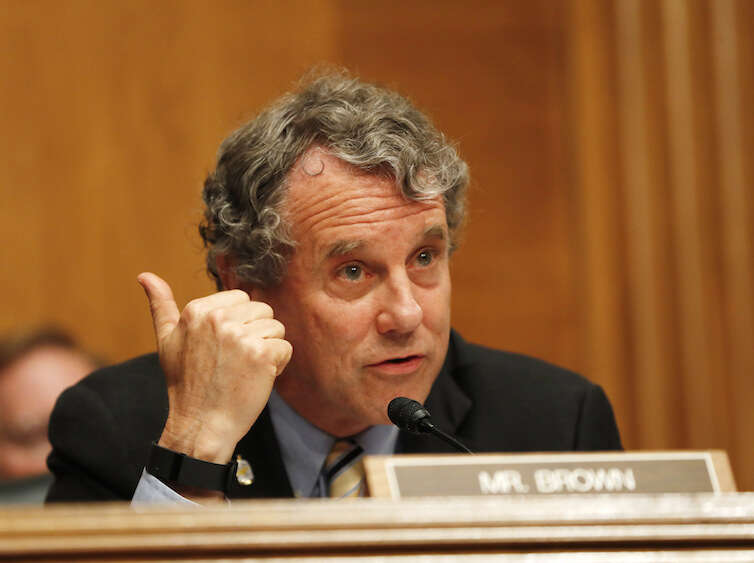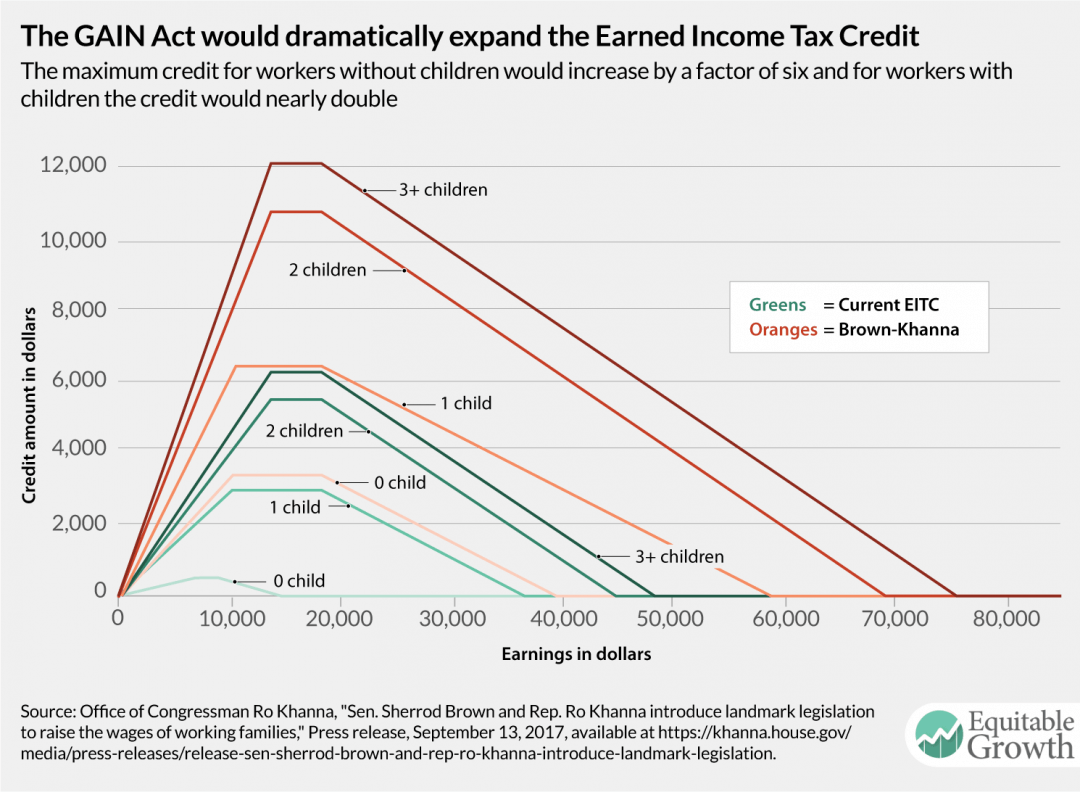- Should-Read: I’m just glad for the sake of his coworkers and innocent bystanders that Matt Yglesias did not have the workplace accident Bruce Banner had at Los Alamos. Just saying:
Matt Yglesias: The staggering hypocrisy of Bill Cassidy and Lindsey Graham: “Bill Cassidy… safe seat in Louisiana, could… have spent the past six months… https://www.vox.com/policy-and-politics/2017/9/19/16330094/cassidy-graham-hypocrisy
…lying low and voting for whichever health care bills leadership puts in front of him. But Cassidy was a medical doctor before he was a politician, his state has gained enormously from Medicaid expansion, and in the early days of the Affordable Care Act repeal process he made a name for himself as a rare GOP coverage hawk. The legislation he co-authored with Maine Republican Susan Collins would essentially have allowed state governments that like their Obamacare to keep it. And he vocally touted what he termed the “Jimmy Kimmel test” for health care policy. “Coverage does not have to have bells and whistles,” he told Business Insider’s Bob Bryan on May 14, “but does the coverage cover a tragedy that could occur in someone’s health or to a loved one?” Around this time, his colleague Lindsey Graham of South Carolina was expressing concern about the rushed process and hasty drafting….
Four months later, Cassidy and Graham are the lead authors of what’s become the GOP’s final stab at repealing Obamacare. Their bill brazenly casts aside all of their previous doubts, featuring the most slipshod legislative process yet and no guarantees of adequate coverage whatsoever. And neither of them has bothered to explain to anyone why they changed their minds… [and are] spearheading a process that is, if anything, more slipshod and ridiculous. The scoreless AHCA that Graham rightly objected to had, at least, been scored in an earlier form, even though the final amended text had not. The Congressional Budget Office has done no analysis at all of Cassidy-Graham, and it’s entirely the fault of Graham and Cassidy personally, who didn’t bother to turn their half-baked policy idea into legislative text until it was way too late. Now the Senate will vote on legislation without “estimates of the effects on the deficit, health insurance coverage, or premiums.”
But it gets worse…. Because the Senate’s reconciliation instructions expire on September 30… there’s no chance to amend or fix any aspect of a bill that’s had no real committee hearings, markup, or formal analysis….
[In] May… Cassidy was operating in a universe in which people are going to need health care services and thus the government needs to find a way to ensure that they can afford them. His new Cassidy-Graham bill casts all that to the wind…. It also lets insurance companies bring back the time-honored practice of pricing insurance for people with preexisting conditions at a higher — prohibitively higher if need be — rate, violating the absolute core of the Jimmy Kimmel test…. Neither Cassidy nor Graham nor a few dozen other Senate Republicans appear to have given this any thought or bothered to do any analysis of how it will play out. And for the few dozen, that’s not surprising even if it is shocking. Replacement-level Senate Republicans have never taken an interest in health policy or cared much about process. This bill repeals Obamacare and cuts spending, and that’s all they need to know.
But Cassidy and Graham both went out of their way to brand themselves as more concerned about such matters. They didn’t need to do that. They aren’t representing purple states or otherwise facing electoral vulnerability. Unlike Dean Heller or Jeff Flake or many of their House colleagues, they won’t personally pay an electoral price for destabilizing the American health care system. They just used to believe it would be a mistake to do so — that it would be wrong, morally speaking, to massively imperil Americans’ health insurance coverage via a slipshod legislative process. So they said so. And then, for some reason, they changed their minds.



